The 7Artisans 35mm f2 is an all-metal full-frame lens with 10 aperture blades designed for mirrorless cameras.
When I first picked up the 7Artisans 35mm f2 for my Fujifilm X-Pro2, I spent a few days shooting and walking a total of about 8-9 miles. After the first day, before really reviewing the images, I wasn’t really impressed and wanted to send it back. Then I got into Lightroom, and man, I have to say, I like it.
You must know that the 7Artisans 35mm f2 lens is far from perfect. It has some reckless design choices and poor precision. Optically, the lens is very pretty and has some great character, but it probably won’t pass for many pixel peepers who only care about sharpness.
Table Of Contents

Lens Stats
Focal Length: 35mm equivalent to 50mm on APS-C cameras
Aperture Blade: 10 aperture blades
Elements: 7 elements in 5 groups
Coatings: Multi-Coated
Minimum Focus Distance: 13.8″
Focus: Manual
CPU Contacts: No
Construction: Aluminum with copper bayonet
Filter Threads: 43mm
What’s Good: Great color, contrast, micro-contrast, render depth, beautiful rich bokeh with some soap bubbles, fairly sharp in the center.
What Bad: Build lacks precision, rubber focus attachment is a joke, full-stop aperture clicks, soft corners, and edges, and heavy.
Overview: The 7Artisans 35mm f2 performs very well and at the current price is one of the best bangs for the buck for APS-C shooters looking for a 50mm equiv. Great for photographers looking for artistic lenses to add character to their photography.
Also, check out:

First Impressions
This lens isn’t really that fun to use. The aperture ring tucks up right next to the camera body, at least on the Fujifilm X-Mount. There is a weird metal lens hood that slides out and never firmly stays in place. The apertures are set in full stops, which isn’t great for videographers.
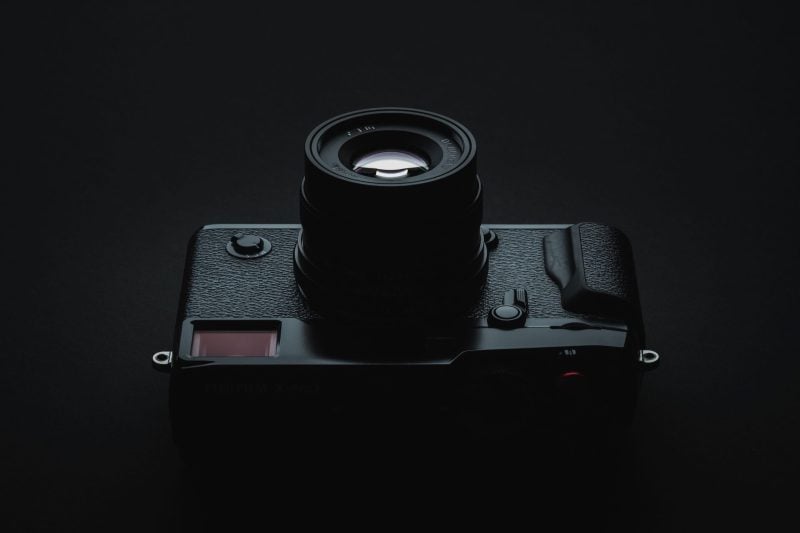


The image quality is plenty sharp with nice corner sharpness and great bokeh. Render depth, perceived depth, contrast, micro-contrast, and color are all very nice. Even the way the lens flares is very cool.

Bokeh at f2 is really clean and pretty, almost a soap bubble bokeh with no serious issues with swirling. Some people like swirling bokeh, I personally do not.
All around, the image quality is actually very pretty, especially considering the price. It really shines at f5.6, where the center is sharpest with only some falloff along the edges and corners. That’s using it on an APS-C camera.

This lens is actually a full-frame lens, but looking at how the edges are already beginning to fall apart on the Fujifilm APS-C sensor, I imagine it would get pretty nasty on a full-frame camera and that would have to be a totally different review where I would probably give this lens a totally different score, as I’ve in my Industar 50mm Review. Great lens for APS-C, but I’m not a fan of it on my full-frame Sony cameras.

If you’re an APS-C shooter, you may want to look closely at this lens. You won’t be able to match this lens’s image quality output at a better price without buying a used one on eBay. It has everything we love about old retro lenses with some really nice character, great render depth, micro-contrast, and beautiful bokeh.
You must be careful of 7Artisan’s quality control with their early lenses, as it can be pretty bad, as seen in my Artisans 25mm f1.8 review. I imagine many of these Chinese vending machine lens companies outsource a lot of their production lines, which could introduce quality control issues. But maybe not; who knows?

Build Quality

People often confuse “all-metal construction” with build quality. Just because a lens is made from metal does not mean it has good build quality or will stand the test of time. In fact, my 25mm f1.8, which is all metal, started to come apart after only a few weeks of use. Another example is my all-metal SLR Magic 35mm f1.4 lens, which seizes up and becomes very difficult to focus in sub-freezing temperatures.
Good build quality comes from good design choices and precision. Neither of which this lens has.

This lens features an attached metal lens hood that slides up to protect the front element from stray lights. While this is cool, and I’ve seen some German lenses do this successfully, you really need precision for this to work. The metal lens hood on my copy never really sits firm, and it can rattle and move around very easily. It’s kind of annoying.
7Artisans also made the very amateur design mistake of using a metal lens cap with this 35mm f2 lens. I’ve seen this done with some Russian lenses, but pretty much nobody does this anymore unless the metal cap works as a sleeve, as you see on the Fujifilm X100T. I’m hoping the dulled edges of the lens cap reduce this risk.
The last thing you want sitting a few millimeters from your optics is metal, as it’s more prone to scratching or chipping the glass than softer and lighter plastic.
If you decide to buy this lens, you may want to consider using a UV filter or some Nikon lens caps. That being said, the little metal lens cap is pretty cool, and I like it.

This little focus lever comes with this lens for single-finger focusing, but it’s made of rubber and has to be attached with sticky tape. So you can just throw that away.
Technical Overview
Sharpness
The lens is sharp in the center. It’s decently sharp in the corners and edges, but only when stopped down. That’s with APS-C. I haven’t reviewed the full-frame version of this lens, but looking at this chart, you can be assured it will only get much worse on a full-frame body.





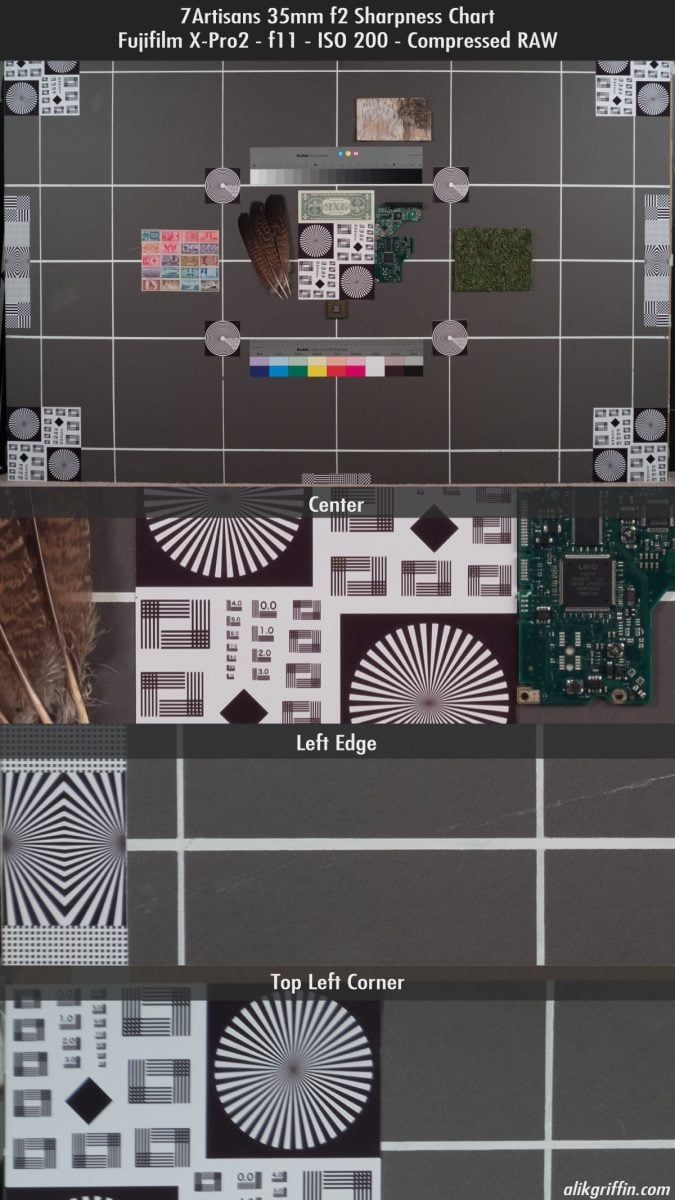
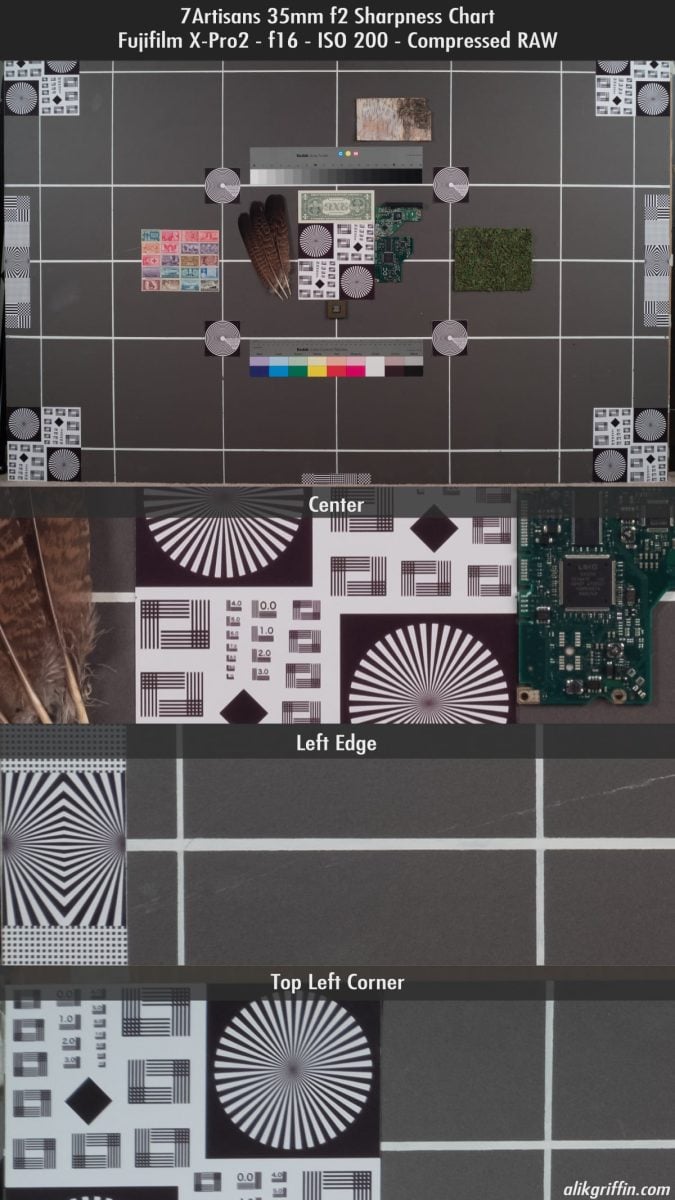
Sharpness compared @ f2
Compared to the Fujinon 35mm f1.4, the Fujinon 35mm f2 and the Mitakon 35mm f0.95, the Mitakon 35mm outperforms all lenses at f2 in sharpness but it’s very close to the Fujifilm 35mm f1.4. The 7Artisans lens is actually the worst lens wide open at f2 compared to all three lenses.

Sharpness comparison @ f4
Stop down to f4, and the 7Artisans are still a touch softer than the other lenses. The Fujinon 35mm f2 ended up being a touch sharper than the Fujinon 35mm f1.4 which I thought was interesting. The Mitakon 35mm f0.95 lens still performs very well but is not as sharp as Fujifilm.

Diffraction / Spherical Aberrations
Diffraction and spherical aberrations are pretty standard for all lenses, as this is based more on the pixel pitch of the sensor rather than the lens design. However, I’ve seen some lenses, like the Sony Zeiss 35mm f2.8, perform very poorly with diffraction at f8. This lens holds up until about f11 when you’ll start to see a real drop in sharpness. Look at the detail in the little numbers 5 and 8 or on the dollar in the image below.
Spherical aberrations affect sharpness wide open. This lens performs best starting at f4, but f5.6 really fixes most of the problems when you need optimal clarity and contrast when shooting landscapes or architecture.

Contrast / Micro Contrast
Contrast is good with the 7Artisans 35mm f2, but not as good as Fujifilm lenses. It’s still better than a lot of zoom lenses or other high element count prime lenses and makes a great B&W photography lens.
You’ll find you can get better contrast with this lens as you stop down. At f4, the contrast is still a touch milky, and the sweet spot is about f5.6 to f8.







Contrast Comparisons
There are actually a few more 35mm lenses I didn’t get a chance to add to this comparison. I also own a few Voigtlander lenses and a Handevision 35mm lens, which are really good. So I’ll do a full write-up on 35mm lenses for Fujifilm cameras as another topic.
Compared to Fujifilm’s most popular 35mm lenses, the 7Artisans 35mm f2 was the worst performer. It’s a touch milky compared to the Fujinon lenses or even the Mitakon 35mm f0.95 at f4.
The best performers were the Fujinon 35mm f2 and the 35mm f1.4. Both are incredible lenses.


Stopped down and the contrast does improve on the 7Artsans lens and the Mitakon 35mm. Here are some samples stopped down to f8. This sharpens up the lenses a little bit to help balance out the sharpness to contrast. Some of the milky contrast of the 7Artisans does clean up.


While Fujinon 35mm lenses do outperform the 7Artisans 35mm f2, this doesn’t mean this lens is bad. Fujinon lenses are incredible because Fujifilm has been making lenses for a very long time, and the Mitakon 35mm f0.95 is just one of those crazy unicorn lenses.
Distortion
Distortion and vignetting on the APS-C are well controlled with the APS-C cropped sensor. Expect to see a lot more vignetting on full-frame systems.
There is a little bit of barrel distortion, which is easy to correct if you choose to do so. I find that it’s not bad enough to really worry about.

Unfortunately, I wasn’t able to shoot any great vignetting samples before leaving the country, and I’ll have to update in a few weeks. Vignetting is, however, not bad at all. I don’t usually add vignetting to my shots, and you can see from all the samples that the lens does produce some vignetting when wide open, but it’s not terrible on an APS-C camera, especially when stopped down.
Chromatic Aberrations
There is very little CA produced by this lens. You won’t see it unless you’re shooting very high contrast subjects. When walking around shooting street photography, I haven’t really had any issues or really even noticed it.
It’s worst wide open, especially in areas that are not in focus, and it mainly produces blue fringing.
Art & Character
A lens’s characters and artistic qualities cannot be measured since it’s based purely on aesthetics and sometimes opinion; bokeh actually falls into this category. With these characteristics, you just have to use the lens, observe its characteristics, and look at sample photos.
I’ll get more into bokeh in a minute, but one thing I really like about this lens is the color, render depth, and foreground-to-background separation.
This lens has some really nice depth that I don’t see in a lot of lenses. I’m not sure how this works, but the images just feel alive and pull you in. Some of this has to do with micro-contrast, and some with bokeh. When it’s all put together, it creates images that look very cool and alive.
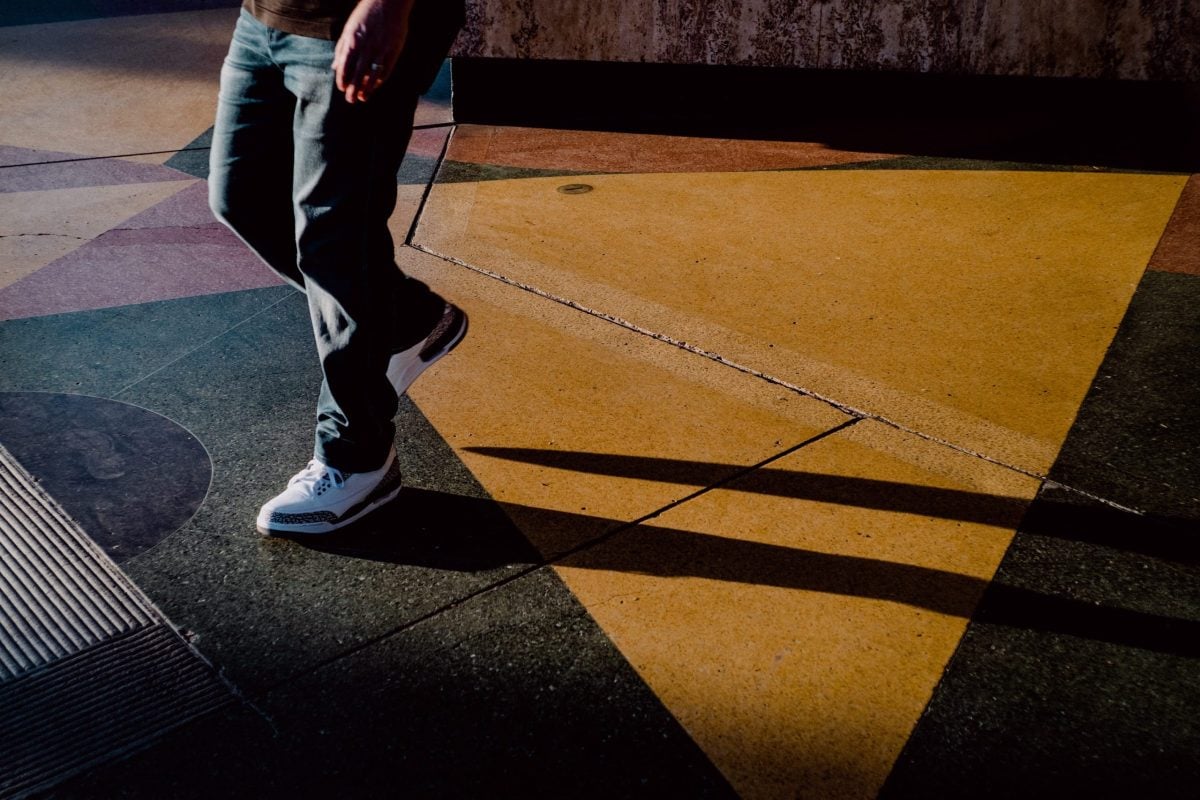
This lens also renders some very rich, beautiful colors, and you’ll find you don’t have to do too much in post if you’re already using the Fujifilm camera profiles.

Everything about these two shots is so pretty: the bokeh, sharpness, color, and foreground-to-background separation. They almost look 3D, and I love them!
Bokeh

Now the thing everyone loves talking about, bokeh!
Bokeh at f2 is awesome. It’s very rich and very smooth, and there are no onion ring patterns that you often see in Fujifilm lenses. On the APS-C sensor, you do start to see some coma or cat’s eyes towards the edges, and that will be even more pronounced on a full-frame camera.
In some situations, you get some soap bubble bokeh, which is pretty cool. You don’t see that too often in modern lenses.
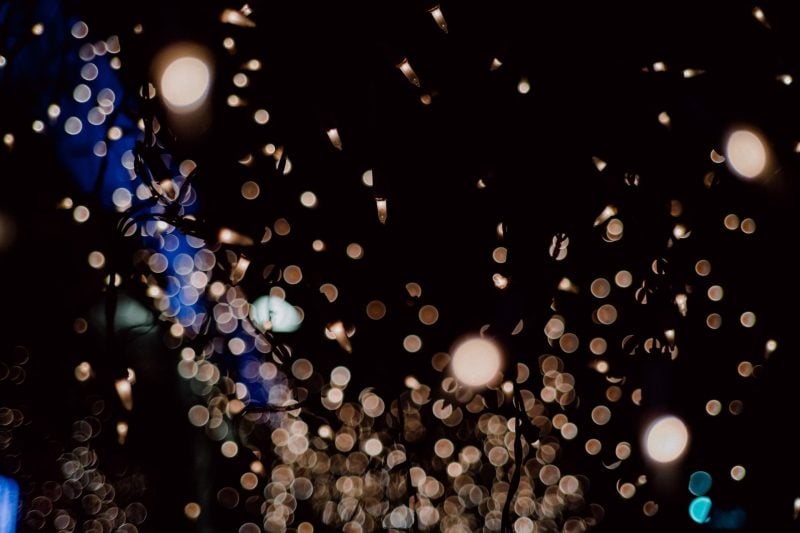




7Artisans 35mm f2 Review |Bottom Line
Aside from the lack of precision in the lens body and knowing this lens will probably not last you the rest of your life as a Voigtlander or Zeiss will, I have to say, I’m impressed. Unlike the 25mm f1.8, this lens actually makes a great addition to someone who already has the Fujifilm 35mm lenses and is looking for something a little different for portraits or who wants a solid manual focus lens to play around with.
For around $150 dollars, this lens packs a punch. It doesn’t have as good of contrast or sharpness as the Fujinon lenses or even the Mitakon lens, but it’s good enough, especially if you want a lens in the Equiv. 50mm focal range and don’t want to unload your bank account. Fujifilm has yet to give us that $150 nifty fifty that you get from every other camera company, and until they produce that lens, this may be your best option.
The 7Artisans 35mm f2 has a lot of nice character. I like to think of it as more of an art lens than a technical lens, with nice color rendering and bokeh. Keep it stopped down at f5.6 or f8 to maximize sharpness and contrast, and the lens will produce some really nice results, especially on an APS-C sensor.

Know that this lens isn’t perfect, nor will it satisfy the pixel peepers who only care about sharpness and edge performance. Some lenses have unmeasurable qualities that can make them really stand out, and this lens has some of that. I still classify this as a cheap Chinese vending machine lens, and I still don’t trust 7Artisans as a company. However, the 35mm 2 is useful and actually worth the price tag.
7Artisans 35mm f2 Fujifilm X-Mount – Amazon
7Artisans 35mm f2 Sony E-Mount – Amazon / BHphoto
7Artisans 35mm f2 Sample Images
The sample images are all shot with the Fujifilm X-Pro2.





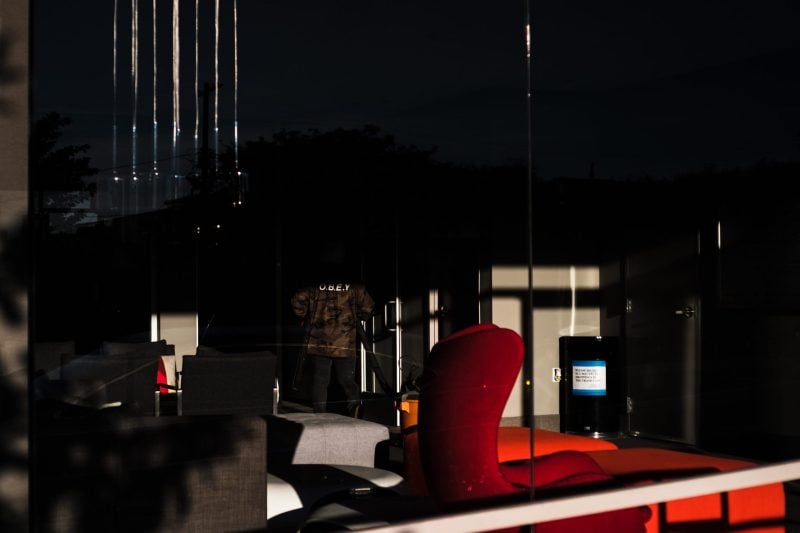


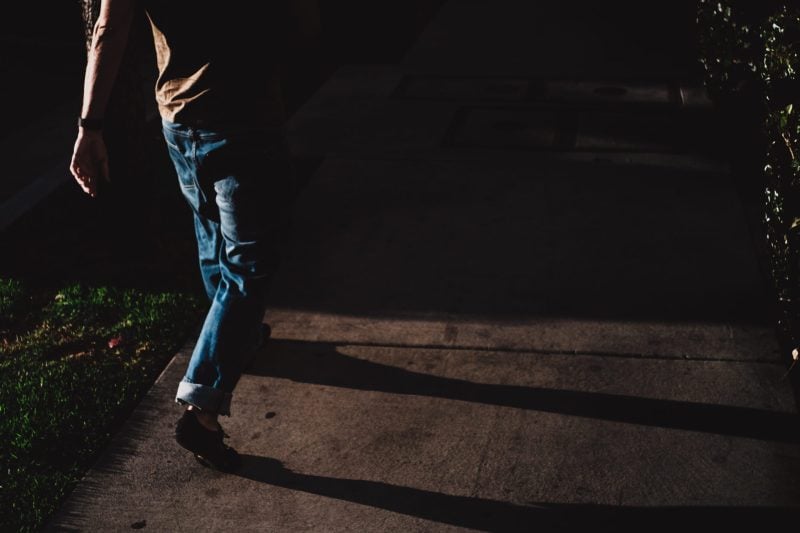
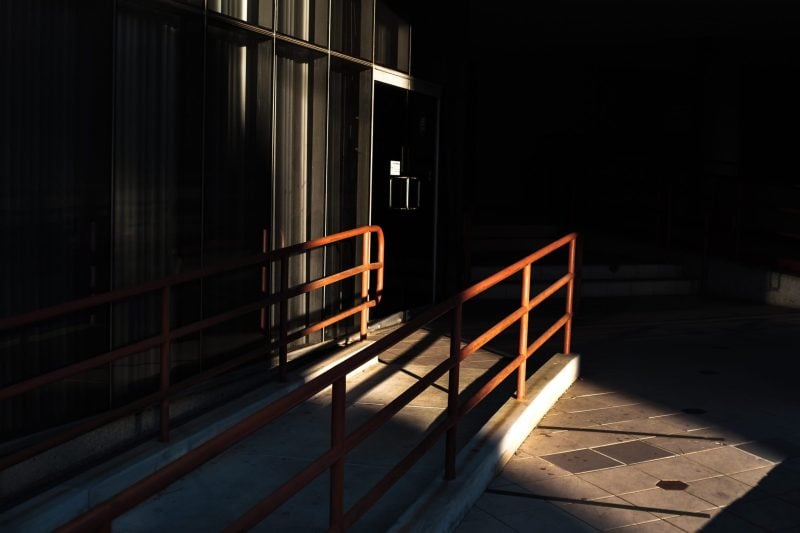




| **This website contains affiliate links. We will earn a small commission on purchases made through these links. Some of the links used in these articles will direct you to Amazon. As an Amazon Associate, I earn from qualifying purchases. |







